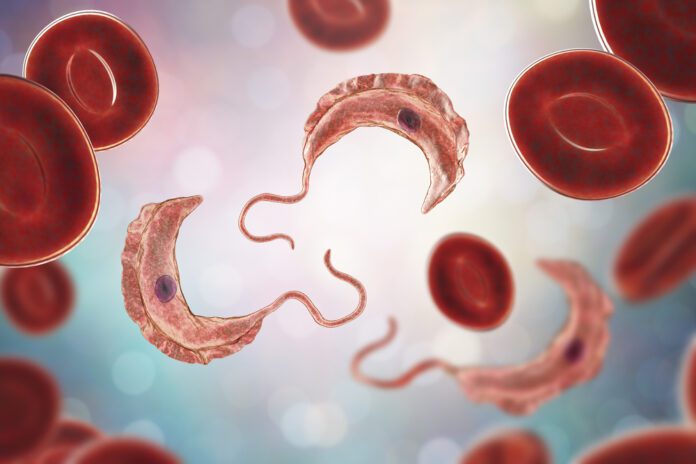Overview
Chagas disease, or American trypanosomiasis, is an illness that can cause serious heart and stomach problems. It is caused by a parasite. Chagas disease is common in Latin America, especially in poor, rural areas. It can also be found in the United States, most often in people who were infected before they moved to the U.S.
Cause
Chagas disease is caused by the Trypanosoma cruzi parasite. It is usually spread by infected blood-sucking bugs called triatomine bugs. They are also known as “kissing bugs” because they often bite people’s faces. When of these bugs bites you, it leaves behind infected waste. You can become infected if you rub the waste in your eyes or nose, the bite wound, or a cut.
Chagas disease can also spread through contaminated food, a blood transfusion, a donated organ, or from mother to baby during pregnancy.
Symptoms
In the beginning, there may be no symptoms. Some people do get mild symptoms, such as:
- Fever
- Fatigue
- Body aches
- Headache
- Loss of appetite
- Diarrhea
- Vomiting
- A rash
- A swollen eyelid
These early symptoms usually go away. However, if you don’t treat the infection, it stays in your body. Later, it can cause serious intestinal and heart problems such as:
- An irregular heartbeat that can cause sudden death
- An enlarged heart that doesn’t pump blood well
- Problems with digestion and bowel movements
- An increased chance of having a stroke
Exams & Tests
A physical exam and blood tests can diagnose it. You may also need tests to see whether the disease has affected your intestines and heart.
Treatment
Medicines can kill the parasite, especially early on. You can also treat related problems. For example, a pacemaker helps with some heart complications.
Source
Courtesy of MedlinePlus from the National Library of Medicine



